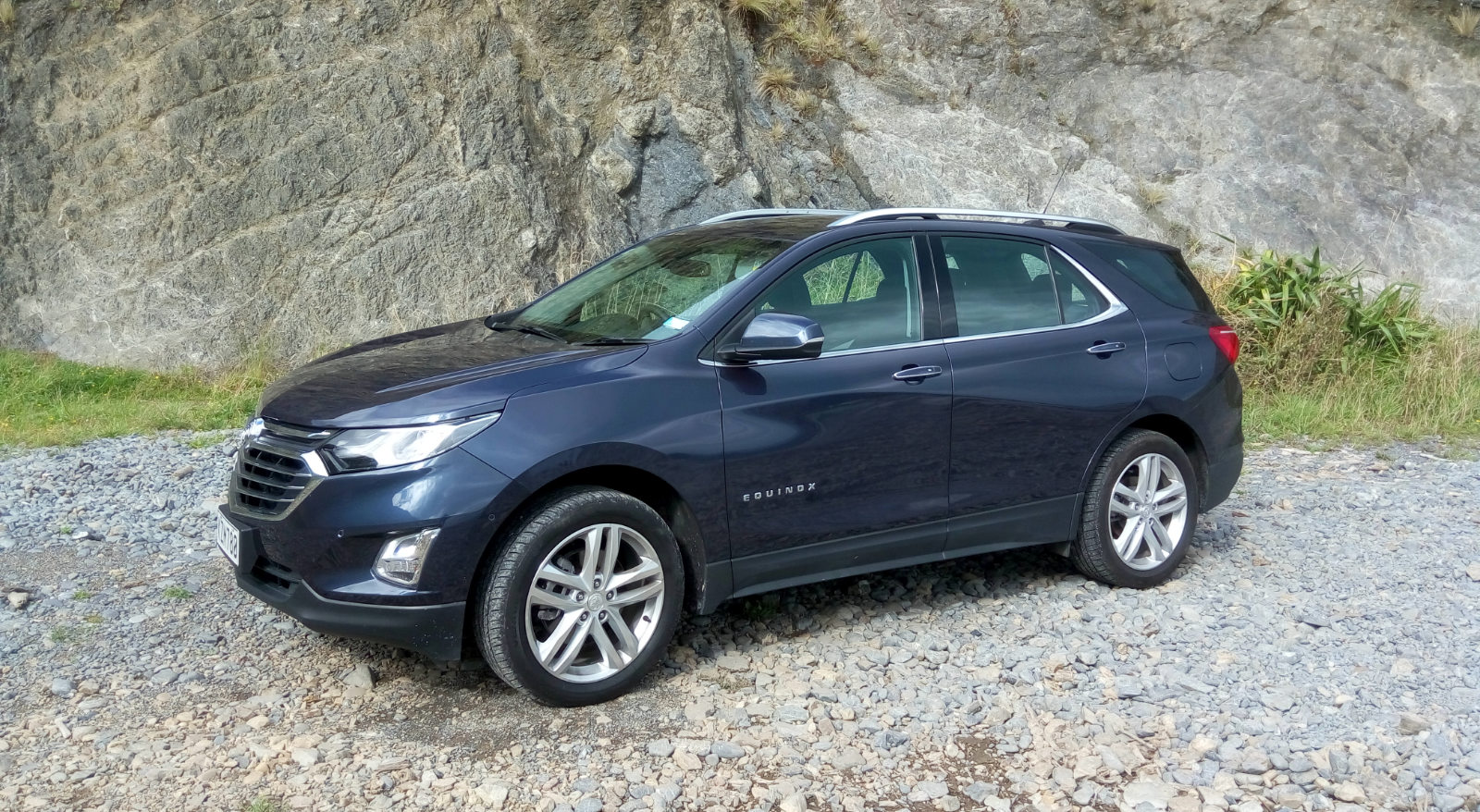
LIVING Jack Yan tests the Holden Equinox LTZ-V, and comes away impressed with how complete a challenger GM has managed to create
Photographed by the author
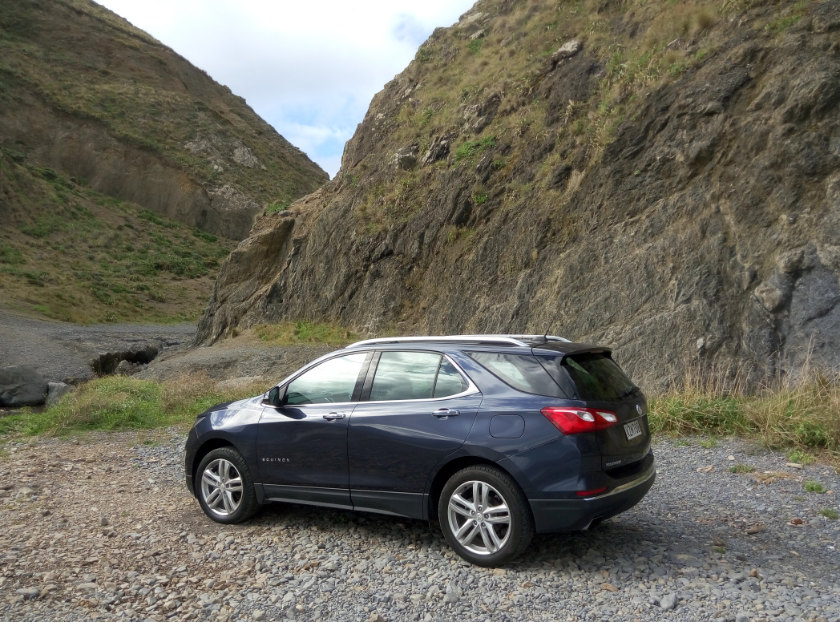
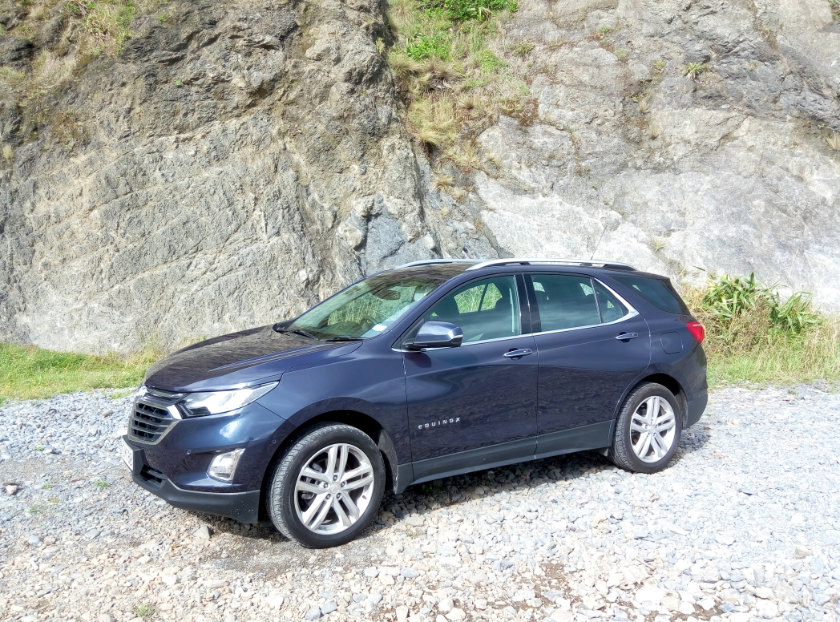
 Handsome Holden Equinox, a step ahead of the Captiva (above left, née Daewoo Winstorm) it replaces
Handsome Holden Equinox, a step ahead of the Captiva (above left, née Daewoo Winstorm) it replaces
Jack Yan is publisher of Lucire.
The Holden Equinox, like the earlier Malibu, brings an American Chevrolet nameplate Down Under. Stateside, it was already established as a practical soft-roader, or crossover in modern parlance, but in its first generation, it wasn’t the nicest to drive, being related to the Daewoo Winstorm—better known to us as the Holden Captiva, and Chevrolet Captiva in most other parts of the world.
Chevrolet sharpened the Equinox up for the 2010 model year, keeping it in the six-cylinder segment, and through its eight-year life, the Canadian-built crossover was regarded as a competitive entry. In other words, GM had a strong vehicle to replace, and it knew that the third-gen Equinox had to do an extra duty Down Under as a Holden. The target was to make something internationally competitive, rather than just in North America. No pressure.
For starters, GM had to rethink just what the Equinox was. The issue with the outgoing model was size: it was too big to be a true Toyota RAV4 competitor, and too small to fight the Hyundai Santa Fe. It bit the bullet: the new Equinox would have to challenge the former, but, because existing buyers had been spoiled with smooth sixes, it had to offer power that led the class. It’s a particularly potent mix, and something that GM is doing right as it fields new Holdens: give them power so the traditionalists are reminded that this is the same company that did Monaros and extreme Commodore SSs.
That means a 256 PS (188 kW) turbocharged two-litre for the top Equinox, the LTS-V, tested here. The downsizing sees the Equinox share a platform with the third-generation Chevrolet Cruze, better known here as the Holden Astra sedan. Lighter than before, it’s also more nimble. We’ll get on to all of that in a minute.
The lineage for the Equinox is somewhat different for those of us Down Under. Its duty is to replace the Holden Captiva, a Korean-built crossover that had decent styling when first shown as the Daewoo S3X concept in 2004. But the Captiva’s long life—production began in 2006—meant that it was well past its prime in 2018, and looking very tired. Its interior was, by modern standards, tacky, and felt built to a price. Without seeing its replacement, you would be tempted to think Holden had abandoned the C-segment crossover market where the Mazda CX-5, RAV4, Nissan Qashqai and Volkswagen Tiguan were happy to tread. The irony is that despite its age, the Captiva still sold quite well for Holden, testament to the company’s goodwill and brand loyalty among New Zealand buyers.
You’ll note that in the US, Chevrolet had already had a crack at replacing a Captiva-based SUV, so the Equinox is two generations ahead of its predecessor. And it shows. Park them side by side and the Equinox is a product of the late 2010s, with more sculpted, flowing design. The previous Equinox already looked sporting; the new one adds sophistication. Its higher waistline, compared with the Captiva, helps with a sense of solidity; inside, passengers feel more protected and cosseted as a result of a higher window line. There’s more chrome tastefully applied to the car.
From the front, the two-part grille is pure Chevrolet, with the Holden lion replacing the bow tie. This does create a slight problem for Holden in that the grilles don’t tie all its products together: the Astra hatchback, estate and the Commodore line are Opel-sourced and have a different look up front. Nevertheless, taken independently, there’s again a sharper, more defined look than the old Captiva, and the old Equinox, for that matter. Head down the back and the rear lights are horizontal, rather than vertical on the Captiva, and the overall effect is more harmonious. This is a crossover that works well in an urban setting, smart enough to show up to nice events or a dinner downtown. Off-road it is, admittedly, more precious in appearance, though, as we discover, reasonably able off the Tarmac. Whatever the case, it’s a worthy and handsome successor to both model lines.
At first glance, the cabin will be familiar to today’s Holden drivers. Despite the Equinox’s American roots, GM’s international resources meant that certain elements are shared. Post-recession, the company also worked hard to rationalize operations, so interior design is more consistent across brands. However, when you look more closely, the Equinox is different from other Holdens we’ve tested in Lucire.
continued below
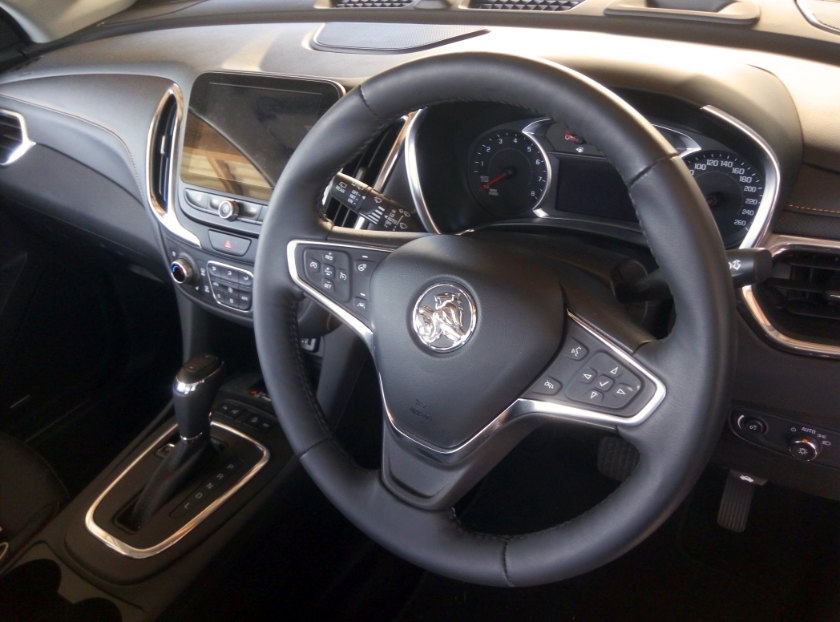
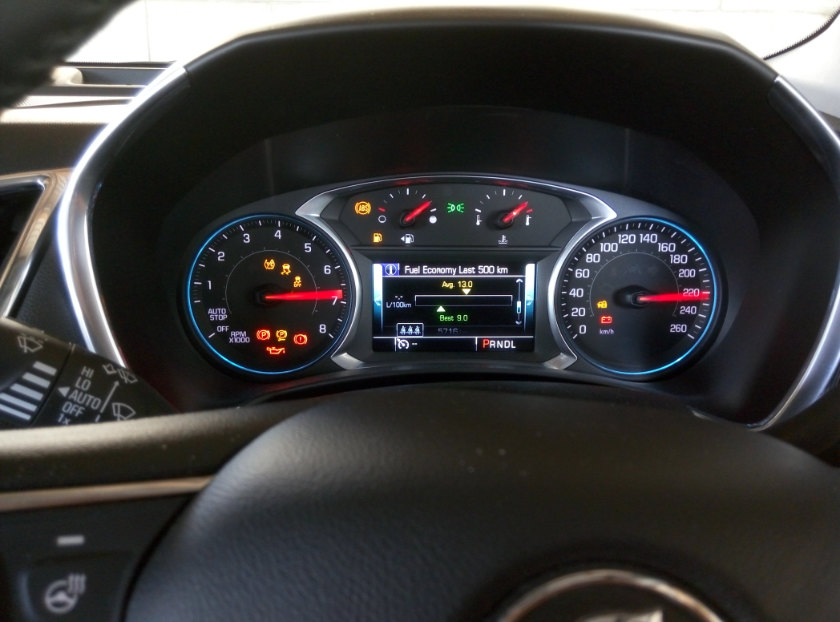
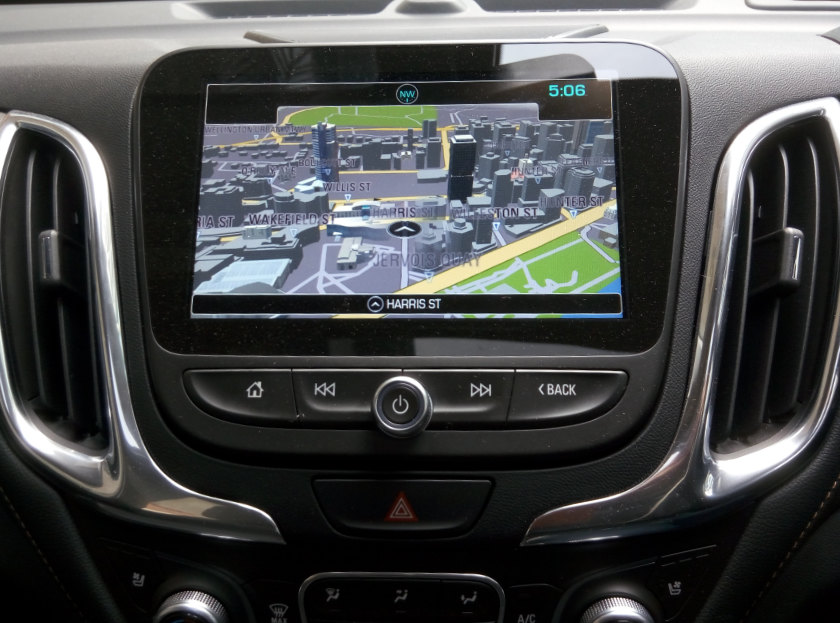
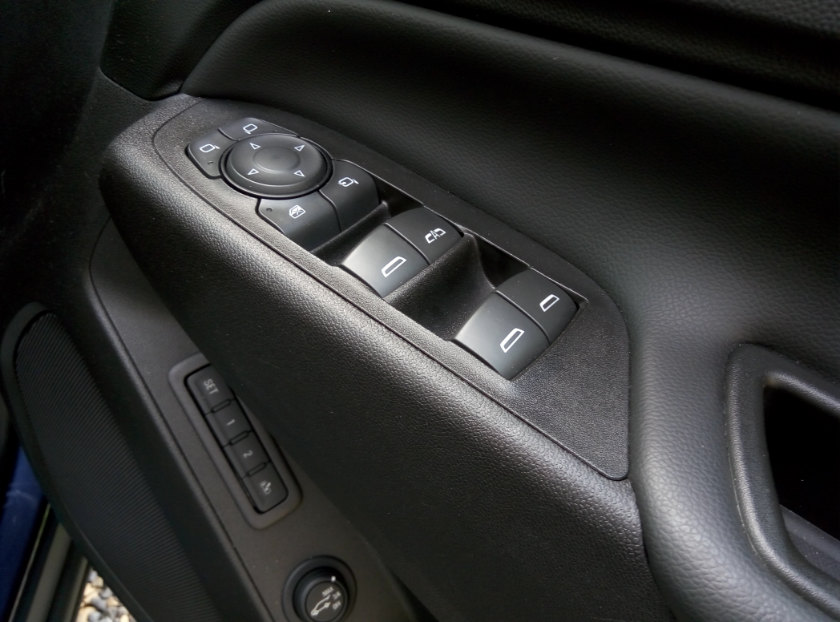
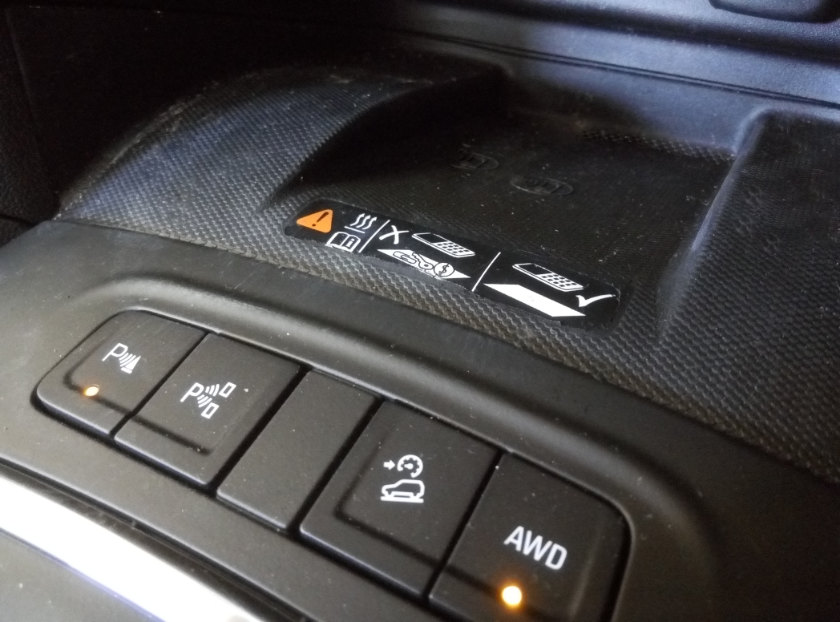

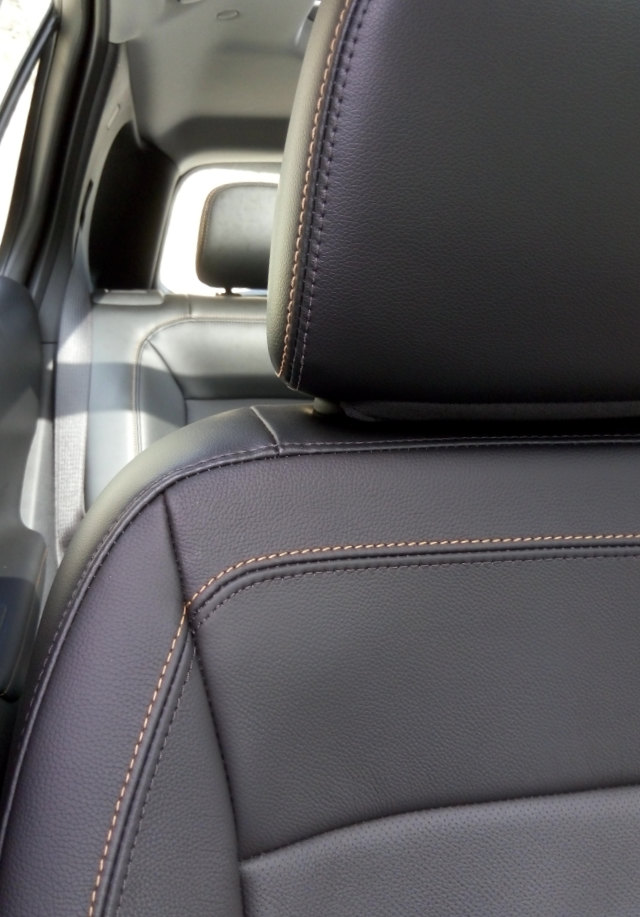 Interior is excellent in many respects, from the leather-appointed seats and stitching to a steering wheel’s that’s nice to hold. There’s wireless charging in the centre console. Curiously, even on the top LTZ-V, only the driver’s window gets a one-touch raise
Interior is excellent in many respects, from the leather-appointed seats and stitching to a steering wheel’s that’s nice to hold. There’s wireless charging in the centre console. Curiously, even on the top LTZ-V, only the driver’s window gets a one-touch raise
The steering wheel is the first thing you notice. The design is similar to that of the Astra we tested last year, but with a few more buttons for, inter alia, speed limiting and heated steering wheel. The materials are similar.
The instrument binnacle is slightly different, but the layout of the dials the same. However, being American rather than European, there are subtle differences in execution.
The Astra and Commodore house the outside two dials in hoods, giving them a more sporting look. The markings are in a Univers Condensed-style type. Here, the instruments are flatter, while the type is akin to Eurostile, a wider, plainer type family. The numerals don’t wind round the outside of the dials: the rpm and km/h digits appear line by line. It’s also Eurostile in the 4·2-inch digital display between the dials, giving the readouts a starker look. These are small, subtle differences, but you get the sense that the interior isn’t as sporty, even though quality-wise, it’s a match for the European product.
The eight-inch central screen, too, appears more basic. The functionality is the same but the housing and the buttons lack the attention to detail of the Opels. In fact, even the Holden Trax, sourced from Korea, has a more premium appearance when it comes to the design of the centre console. But the mod cons are all there, including GM’s excellent sat-nav (with three-dimensional rendering of buildings in the centres of large cities), and Bluetooth pairing that works far better here than on most other brands. Digital radio is on the spec list, but we had trouble tuning in. Six Bose speakers are standard, and pump out the music nicely.
Curiously, of all the windows, only the driver’s one goes all the way up with a single touch. GM had all four going up all the way on the 1989 Opel Vectra A, and it makes you wonder whether US buyers place different emphases on what they expect in their interiors. American cars aren’t known for their interiors, and while the Equinox is streets ahead of the Captiva, the Astra hatch is a nicer cabin to be in, at least from the driver’s side.
On the passenger’s side, we can report that the vanity mirror is well sized—as our readers are interested in beauty, we note that it’s big enough to get your make-up done and your lipstick on.
The Equinox’s party trick inside is its wireless cellphone charging, in a space beneath the climate controls. It works well, and the space will fit a modern five-inch smartphone comfortably, but those in leather pouches might want to take their phones out first.
The LTZ-V’s seats are supportive and attractive, with orange threading and leather appointments. The front seats are not only heated, but ventilated. Both driver and passenger seats have electrical adjustments. Above, there’s a dual panoramic roof as standard.
Both the LTZ and LTZ-V have a hands-free power tailgate, activated by kicking the space under the bumper (there’s a light sensor beneath). It does take a bit of practice to get the right position, but once you’re used to it, you’ll wonder why you suffered through those times where you put down your groceries, opened the boot, and picked up the groceries to load them.
It is, essentially, a lot of kit for the NZ$56,990 asking price, which includes all-wheel drive, something Toyota and Hyundai want thousands more for, in less powerful vehicles.
continued below
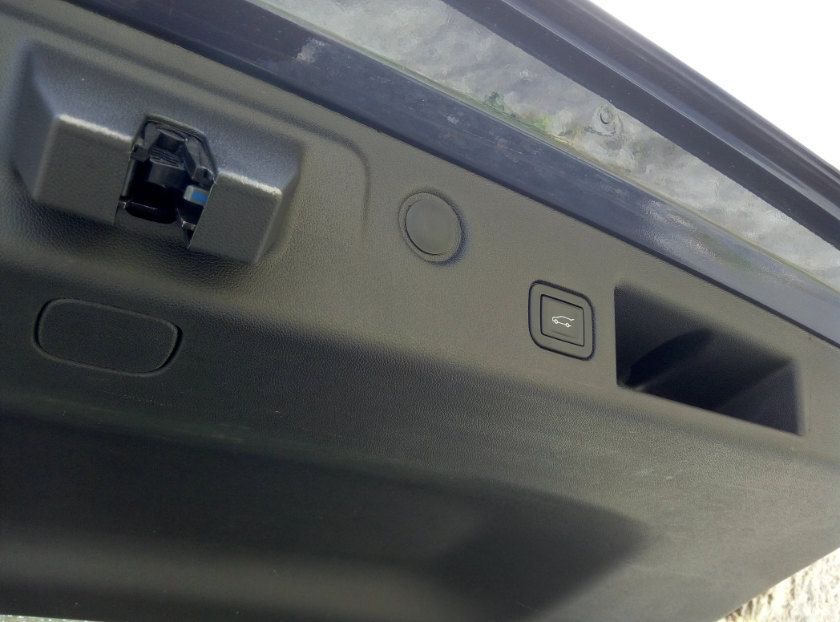

 Power tailgate, understated alloys, and the Holden lion badge signal that a new era has arrived
Power tailgate, understated alloys, and the Holden lion badge signal that a new era has arrived
On the road, Holden’s input is very evident. The Equinox is well planted, with excellent ride. This is an incredibly secure and sure-footed crossover SUV, its higher torsional rigidity evident in how it soaks up the bumps. Refinement beats its competitors hands-down: this is a quiet cabin befitting an SUV that’s a class higher. The nine-speed automatic shifts smoothly—it’s one of the nicest we’ve sampled. Australian engineers have fine-tuned the Equinox to antipodean roads, with a unique set-up of sway bars, control arms and bushes. Despite the higher ride height, body roll is at a minimum. The damper tune and power steering calibration are also unique.
That extra work has paid off in the handling stakes, too. One of our favourite test roads of late is Alexandra Road, heading up to Mt Victoria in Wellington, where a slight incline and windy corners can be a joy in the right vehicle. The Equinox is on the softer side—it may be powerful, but it’s geared for comfort—so despite the hot-hatch horsepower output, it’s not a substitute for a sports car. You couldn’t call it sporty, but the handling is still very competent, and the steering is direct, its weighting just right for our roads.
This power does come at a price, with our averaging 22 mpg (Imperial), or 13 ℓ/100 km.
We also sampled the Equinox off-road, though within reasonable limits. Heading to Red Rocks and crossing into four-wheel-drive territory—it’s a requirement of going past the gate—the Equinox can handle some of the rough stuff with its 19-inch tyres, though seeing its 175 mm ground clearance, we weren’t quite prepared to ford streams as willingly as we did with the Range Rover Evoque (210 mm). Light off-roading is within its capabilities, and the power is very helpful, but you’d buy a Holden Trailblazer for the truly difficult terrain. Most buyers could head on to a beach without much concern, or on to a campground—in other words, what you expect any crossover in this segment to do, including the Jeep Compass.
The Equinox does mark a rebirth at Holden. While it’s romantic to think of it as Australia’s Own Car, or the Commodore Car Company, that hasn’t been Holden’s reality for a long time. The iconic 48-215 of 1948 was done with American money and based on an American design. The Colorado truck outsold the Commodore. The market is in to SUVs, crossovers included.
Given times have changed, what Holden really needed was competitive product in the hottest market segments. This is what Holden does now: bring in competitive vehicles in every segment, such as the Astra in the C and the Commodore in the D. The Holden Equinox is a challenger with substance and capability, and one of the most complete among C-segment SUVs. We would choose it ahead of the Toyota RAV4, Hyundai Tucson, Nissan Qashqai and Ford Escape. Honda’s CR-V isn’t an all-rounder like the Equinox, but we rate its quality. The Volkswagen Tiguan is, however, an all-rounder, with a nicer interior and infotainment set-up, but a higher list price and a lot less power. We haven’t tested the Mazda CX-5, regarded as the most sporting in the segment, and overseas colleagues say that the Peugeot 3008 is also of the same ilk. But then that’s not the Equinox’s brief. It’s about carrying families safely with the occasional foray into unsealed places. Given the keen pricing and class-leading performance, as well as competence in so many areas, it’s a very impressive choice. •
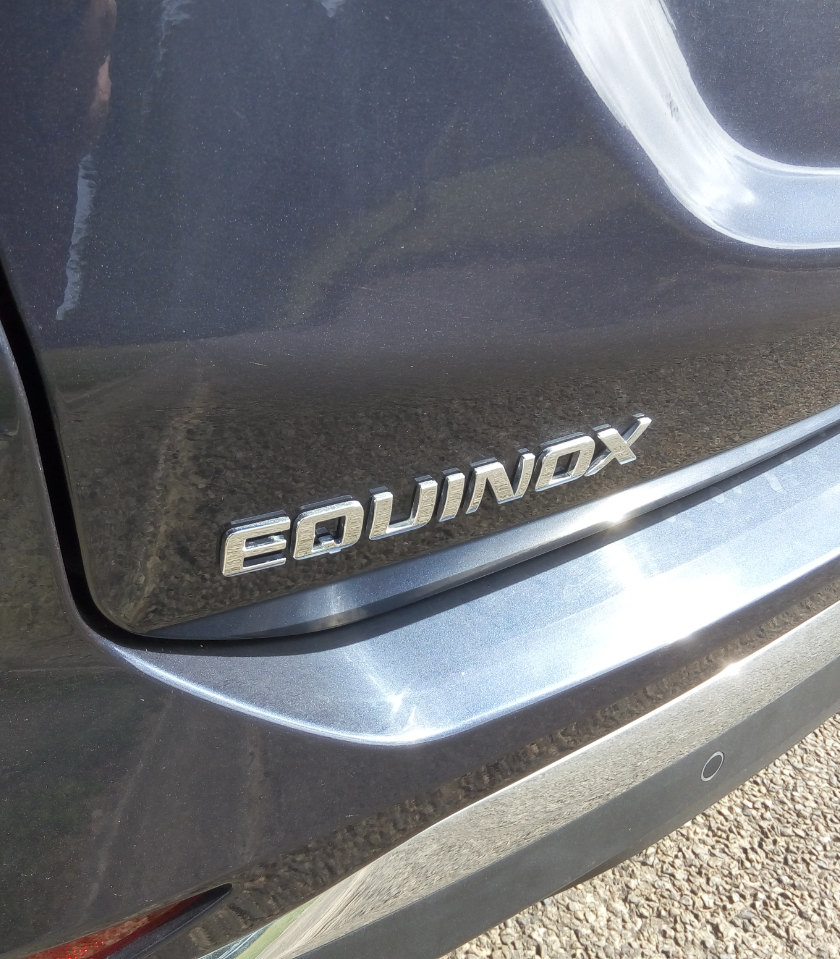
Related articles hand-picked by our editors
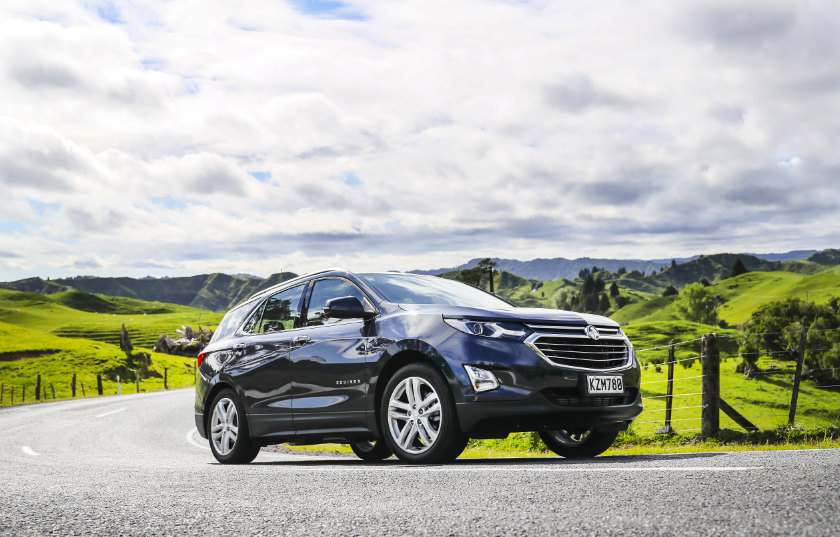
Holden releases Equinox SUV, with segment-leading performance and value
Holden’s new SUV may share a model name and base with its Chevrolet sister, but plenty of work has gone in to make it one of the most complete and competitive vehicles in the segment for Australia and New Zealand, writes Jack Yan
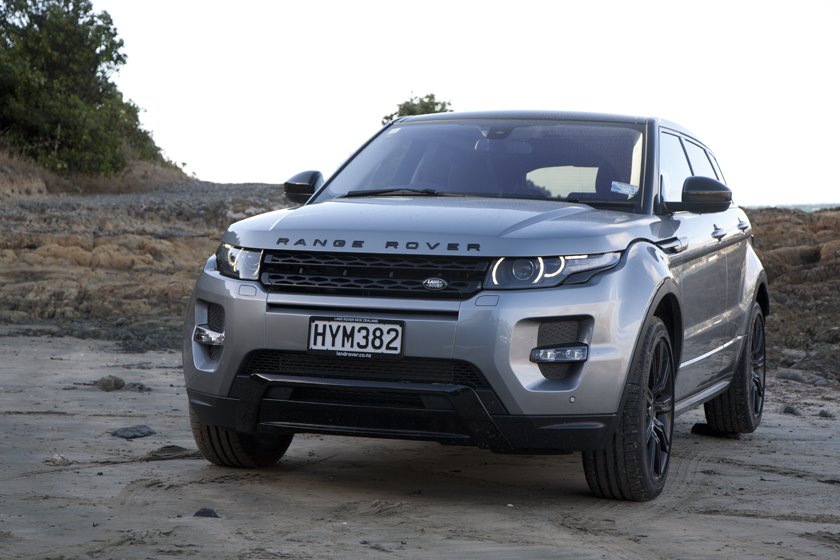
Range Rover Evoque: still fresh, more stylish, surprisingly capable
Jack Yan samples one of Lucire’s most acclaimed SUVs, in the form of the 2015½ Range Rover Evoque Si4 with Black Pack, and throws more than what you might expect at it
Photographed by Stuart Cowley
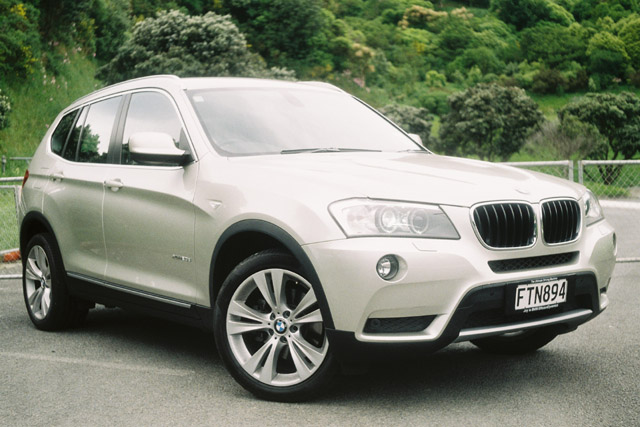
Tastefully packed
If you must have an SUV, few come better balanced than the BMW X3 Xdrive20d, says Jack Yan
Photographed by the author on a Voigtländer Bessamatic Deluxe
Advertisement
Copyright ©1997–2022 by JY&A Media, part of Jack Yan & Associates. All rights reserved. JY&A terms and conditions and privacy policy apply to viewing this site. All prices in US dollars except where indicated. Contact us here.